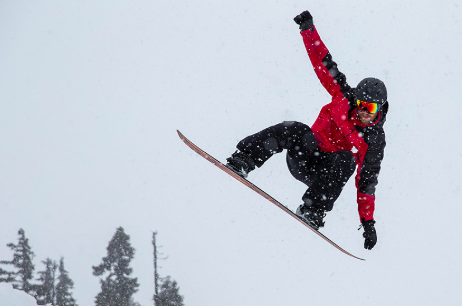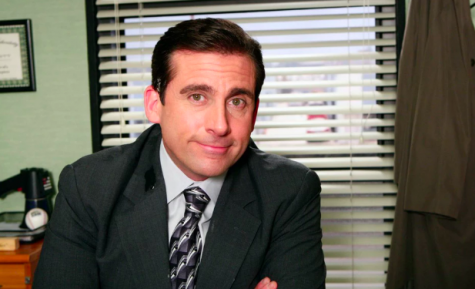Why Skiing is Making a Comeback
January 31, 2020
The History of Snowboarding vs. Skiing
Back in the 1970s, snowboarding was an extremely popular sport, especially for younger aged kids and adults who wanted to do tricks on the snow like backflips, 180’s, 360’s, rails, and more. The rise of snowboarding came when people wanted to do more than just downhill ski on a bad pair of wooden or plastic skis that made it difficult to even turn. So, in response, people looked to skateboarding, surfing, and sledding for inspiration to come up with what is now known as snowboarding, an industry which has, in the past decade, been declining significantly.
The sport of snowboarding evolved in the United States back in the decades of the 1960s and 70s after the original snowboard was manufactured in Utah. Soon after, companies around the United States began manufacturing and selling snowboards in order to meet the new demand for the product. A couple of decades later in the 1998 Winter Olympics at Nagano, snowboarding became a Winter Olympic Sport and eventually was featured in the Winter Paralympics at Sochi in 2014.
So why has snowboarding been on the decline so recently?
Many people attribute this shift in snowboarding vs. skiing to aging athletes, new skis, and a lack of snow.
About a decade ago, snowboarding was much more of a culture. Many snowboarders had the “us vs. them” mentality, “us” being snowboarders and “them” being skiers. But that culture is largely fading and fading quickly, forcing many of the former “shredders” to make a transition to skiing or just stop snowboarding altogether. In addition, many riders have returned to or taken up skiing or do both, and many early shredders have aged and had families, which have kept them from the mountains.
Age has largely been cited as the main reason people choose to switch from snowboarding to skiing. The fact is, snowboarding is much harder on your knees and body overall, so when people start beginning to have knee problems and aches all around, they know it’s time to stop.
A combination of all those factors is what is transforming the culture back to skiing, which I can speak to personally. As a ski instructor at Hunter Mountain, I’m seeing a large shift in people teaching their kids snowboarding rather than skiing. On MLK weekend, for example, one of the busiest weekends of the year for any ski resort, we had almost 150 kids in our skiing school as opposed to about 10 in the snowboarding one. But one thing that was especially interesting was that a decent amount of the parents who were sending their kids to learn how to ski were snowboarders themselves. When I asked them about this, I got very similar answers from each. Many told me that it simply wasn’t the culture anymore, and they wish they learned how to ski themselves because it’s much harder on their bodies. In addition, they said snowboarding, ultimately, is generally much harder to do, especially with a lack of poles (a luxury which only skiers receive) and what is generally known as more difficult equipment.
What’s so good about the skiing equipment now?
Despite the most obvious fact that skiers have the benefit of having poles, skis have been transformed in order to combat the popularity of snowboarding, a tactic that has largely worked. Back when snowboarding was developed, there were no “trick” skis. If you wanted to ride the terrain park and do all the jumps, rails, etc., you probably had a snowboard. More recently, however, twin-tip skis (which are generally much wider and have both ends curved up to allow for tricks, rails, etc.) have been developed, allowing skiers to do everything a snowboarder can and more. While traditional skis are obviously still very prevalent, the different brands and types of skis have virtually removed the want for anyone to take up snowboarding in today’s day and age.
No matter the reasons, snowboarding has been making an indefinite decline over the past decade, forcing many former snowboarders to “turn to the dark side,” and, in fact, take up skiing, after all, something they probably promised themselves they would never do. I feel like there is only one appropriate quote to end this article with, something that surely embodies the shift in the snowsports culture: well, well, well, how the tables have turned.


Kevin Horst • Feb 1, 2020 at 6:20 am
Snowboarding is not harder on your knees – not even close. I switched to riding after tearing both ACLs (one while skiing) and at that point, I could ride, but not ski. Now I do some of both and again, knees much more sore after skiing. Also not sure why a change in culture would “force” riders to go back to skiing.